Ni-Vanuatu

Beez Neez now Chy Whella
Big Bear and Pepe Millard
Fri 6 Nov 2015 23:47
|
Vanuatu and
People
 The first humans to have colonised
Vanuatu, some three thousand five hundred years ago, may have been Melanesian
sailors from Papua New Guinea. Many other groups, some of them Polynesian,
settled these islands at a later date. In May 1606, the Portuguese navigator,
Pedro Fernandes de Queiros, was the first European to discover the archipelago.
Believing he had at last reached the Southern continent, the whole purpose of
his expedition, he christened the stretch of land he came ashore – Terra
Australia del Espiritu Santo. The navigator established a colony on Santo Island
called New Jerusalem, but soon took to the sea again because of the hostility of
the natives.
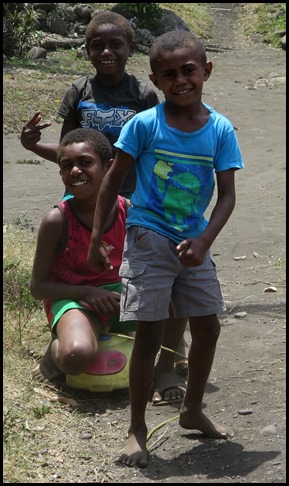 In 1768, it was the French explorer
Louis Antoine de Bougainville who dropped anchor in these waters and gave the
name Grandes Cyclades to the group of islands Santo, Pentecost, Malekula and
Ambae that one by one he visited. Today the strait that separates Santo from
Malekula bears his name.
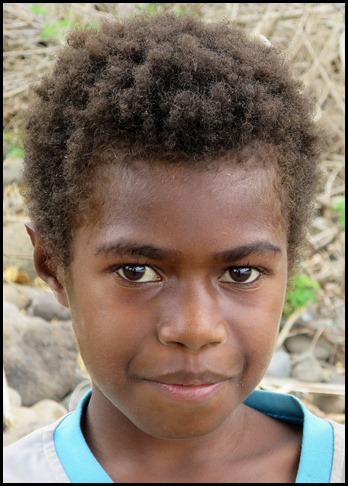 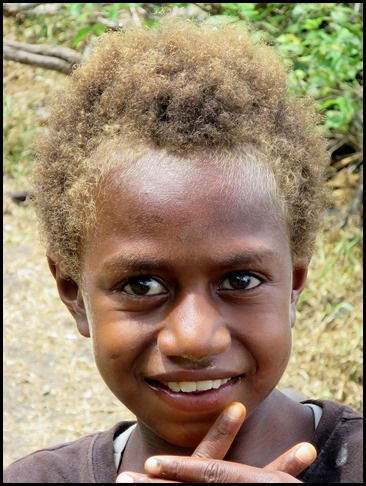 A few years later, in July 1774,
James Cook rediscovered these islands on
board Resolution, during his second expedition to the Pacific. Cook drew the
first maps of the archipelago, which he named New Hebrides after the islands off
Scotland. Several navigators followed in quick succession – La Perouse,
d’Entrecasteaux, Dumont d’Urville, Bligh and more.
 These islands were to experience a
slow and disorganised colonisation. The first settlement of Europeans dates back
to 1825, when the Irishman Peter Dillon set up a sandalwood trade with China on
Erromango. Some Australian planters settled some time later on the islands of
Efate and Epi to harvest copra.
In 1882, the businessman John
Higginson, of Irish extraction, established the Compagnie des Nouvelles-Hebrides
then the Societe Francais des Nouvelles-Hebrides.
 Throughout the nineteenth century,
these islands were the object of a great deal of rivalry between France and the
United Kingdom. Ultimately they decided to set up a form of joint administration
and so that, in London on the 20th of October 1906, the Condominium of the New
Hebrides came into being. During the Second World War, the New Hebrides
constituted a major rear base for the Americans who built a number of roads and
several airfields on Efate and Santo.
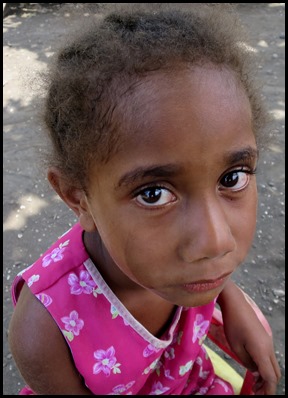  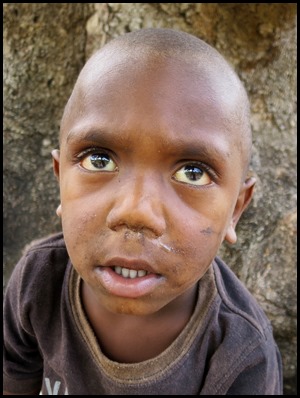 In the sixties,
the population started to aspire to greater autonomy. In 1975, the Condominium
authorities approved the organisation of the first elections by universal
suffrage. In November 1979, the Anglophone party - New Hebrides National
Party won the general elections and Walter Lini became the first Prime Minister.
Independence was declared on the 30th of July 1980 and saw the birth of the
Republic of Vanuatu, Georges Sokomanu was the first President of the Republic.
The same year, a secessionist rebellion on the islands of Tanna and Espiritu Santo was quashed with the help of Papua New Guinea
and Australia. Nowadays, the country lives in peace.
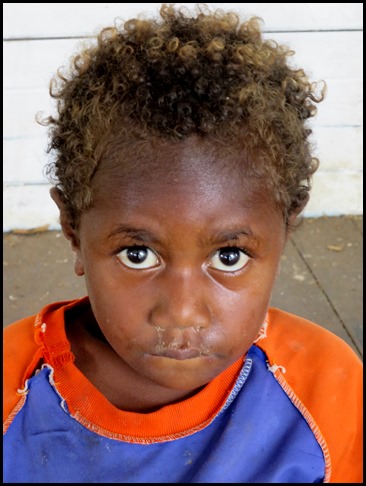 Vanuatu is made up of more than
eighty islands and islets, most of them of volcanic origin, with a total area of
twelve thousand, one hundred and eighty nine square kilometres and shaped like a
‘Y’ tilted to the left. Some nine hundred kilometres separate the Torres Islands
to the north from Aneityum in the south. Since the end of 1994, these islands
have been combined into six provinces: Torba, Sanma, Penama, Malampa, Shefa and
Tafea.
Situated at the junction line of two
continental tectonic plates, on the Pacific Rim of Fire, there are several
highly active volcanoes.
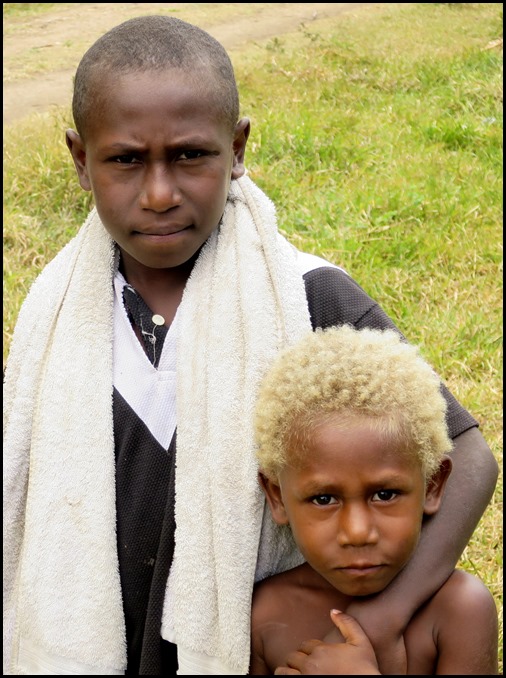 Estimated at approximately two
hundred and sixty six thousand inhabitants, the population of Vanuatu is
comprised of a majority of Melanesians and is eighty four per cent Catholic. Two
thirds are distributed among the four main islands:Efate, Santo, Malekula and
Tanna. A very young population with forty five per cent under the age of fifteen
years.
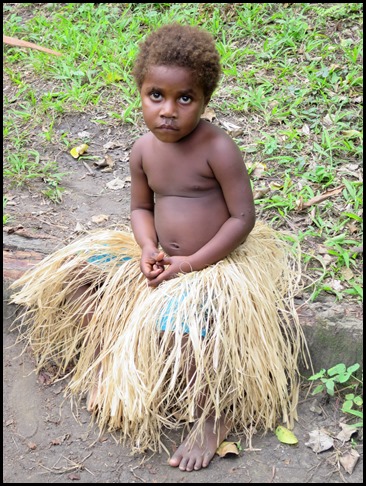 To the rhythm of centuries-old rites
and celebrations, ancient culture is still very much alive. At the core of this
culture, custom governs the social life, promotes respect and ensures law and
order is maintained within the community. The significance of custom is apparent
in every major event – marriages, funerals, circumcision, rites of passage.
Singing and dancing are always a part of everything.
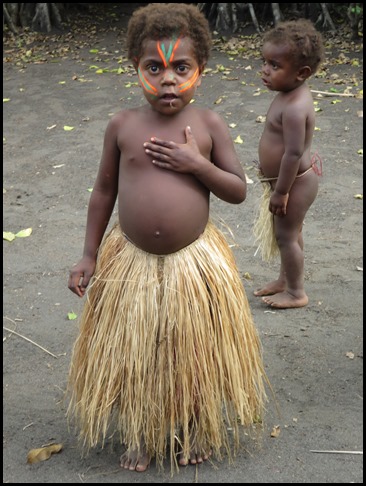 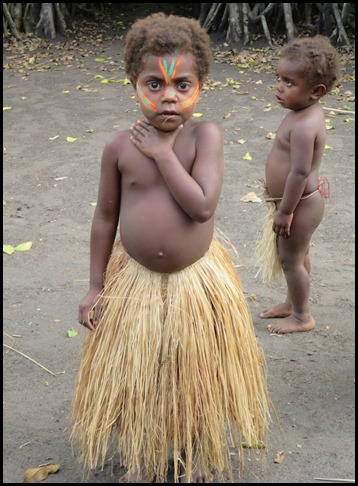 A country we have certainly enjoyed
and one we will never forget. They say Vanuatu has been voted as the ‘Happiest
Place on Earth to Live’. We cannot argue with that. We have been welcomed
wherever we have explored and even after Cyclone Pam decimated the crops for
this year, we have been offered gifts of fruit and vegetables, invited to eat
and share in their life, very moving and certainly very humbling.
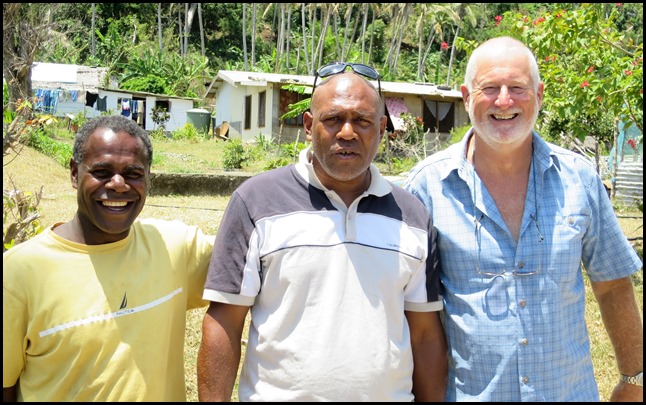 ALL IN ALL A VERY SPECIAL AND
HAPPY FOLK
THE FRIENDLIEST, MOST OPEN PEOPLE I HAVE EVER
MET |